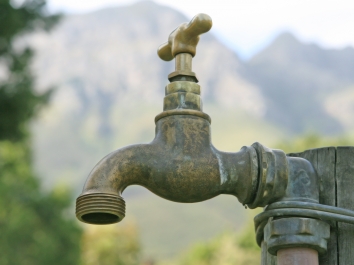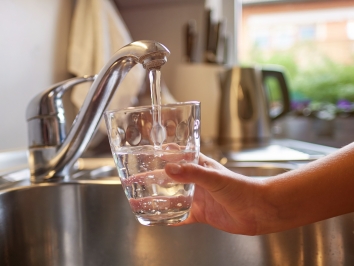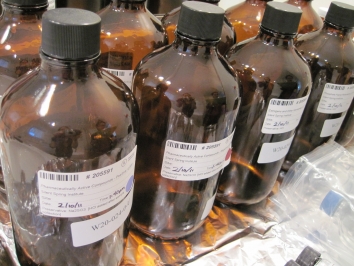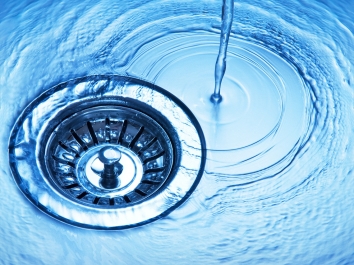Drinking water
Through our water quality research program, we are investigating various drinking water contaminants, many of which are unregulated and raise public health concerns.
Silent Spring first measured endocrine disrupting compounds in drinking water supplies on Cape Cod as part of the Cape Cod Breast Cancer and Environment Study. The study provided evidence that drinking water is an important route of exposure to these chemicals. The Institute’s scientists are now investigating a variety of contaminants in drinking water, including pharmaceuticals, hormones, as well as consumer product and industrial chemicals, and have expanded their research to the national level. Findings from this work are guiding policies to safeguard our drinking water supply and protect public health.






